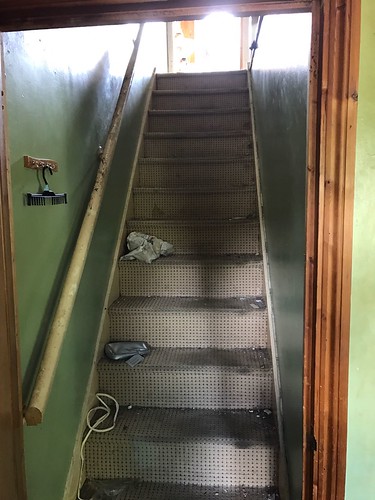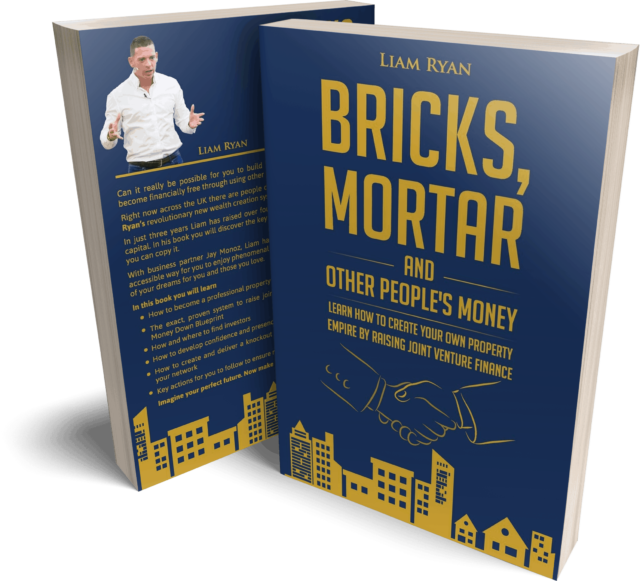In need of some HMO business model tips to start creating higher profits from your properties?
As you likely know already, building an HMO is a lot more work than working on other types of developments. There are a lot more regulations to follow and extra costs like upkeep to consider, however with that in mind they can be worth the extra mile financially.
Table of Contents
ToggleThe end goal is that you can maximise the amount of rental income from one property. For example, instead of renting out a 3 bedroom house you can convert it into an HMO and rent out 6 or more rooms.
Here’s a real example of an HMO conversion from 3 bedrooms to 6 in Colchester. It produces £38,400p.a. in rental income. This is much higher than letting the entire property out for around £800 a month, when you could be producing £1000 to £1500 in profit per month!
The below are the photos before we started the conversion process:
As you can see, there was a lot of work to do besides the conversion! It was by no means left in an acceptable condition, however if you search for the more ‘run down’ properties there’s a good chance they’re below market value.
This means more potential profit, if you’re willing to put in the work that others aren’t. Many people would overlook this due to its poor state, however the damage may look worse than it is and may only be superficial.
Make sure to consult with an expert to be sure there isn’t any serious structural damage existing, and also check whether a conversion would cause any issues like this or not. You can find out more in our blog post on How to Get Into Property Development With No Money In 7 Simple Steps for detailed help on developing your power team.
Here’s the photos after conversion, which only took 16 weeks:
As you can see from the before and after photos, there’s a huge amount of potential in even the most neglected properties. When finding neglected properties, it’s important to consult experts such as architects who can properly assess the property.
One key strategy is to plan first. A lot of property developers will try and build a development but won’t properly plan which strategy they’ll focus on from the start.
Also, communicate your plan with your contractor and have regular meetings once a month or so with your site managers. Everyone needs to be on the same page or you will get stuck chasing people etc. Having a schedule or programme of works is going to keep everyone on track, so make sure this is in place too.
Once you’re all set up and have a working system, it’s worth getting an HMO manager to deal with any day-to-day managing of the property.
By using a manager to deal with the tenants, this will allow you to set up a leveraged HMO business model that takes little to none of your person time to manage.
Make sure to be strict with the types of tenants you want; don’t mix tenant types and be sure you have a process to vet all applications, or you could be the one picking up the pieces if it all goes wrong.
In the event you get stuck, it’s worth asking a mentor to review your HMO business model. Investing in a mentor may cost you money but will save you your most valuable commodity, which is time. Just in case you are looking into other strategies, you may like this blog post called Is HMO The Way To Go? Is It the Best Property Strategy?
So that you can get a better idea of what the correct HMO business model looks like once it’s been built, we’ve included a video below giving you a tour of our HMOs. Click the video below to discover more:
If you got value from this post on HMO business model strategies feel free to share this post with others and leave a comment below!







